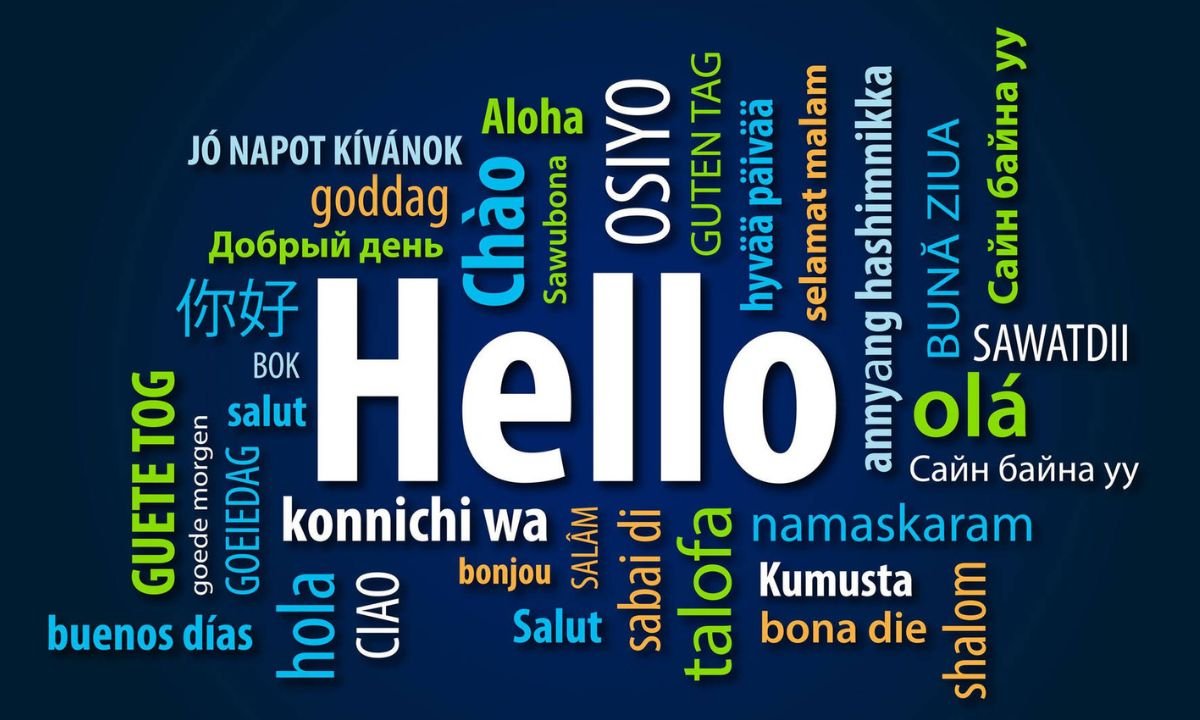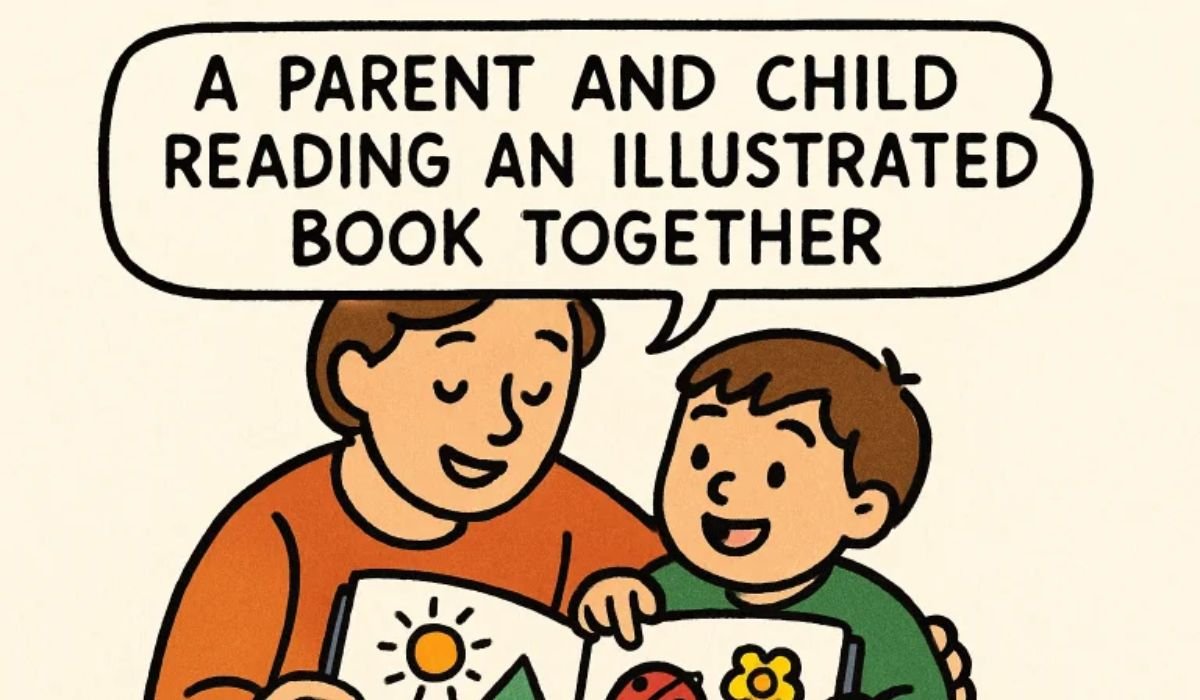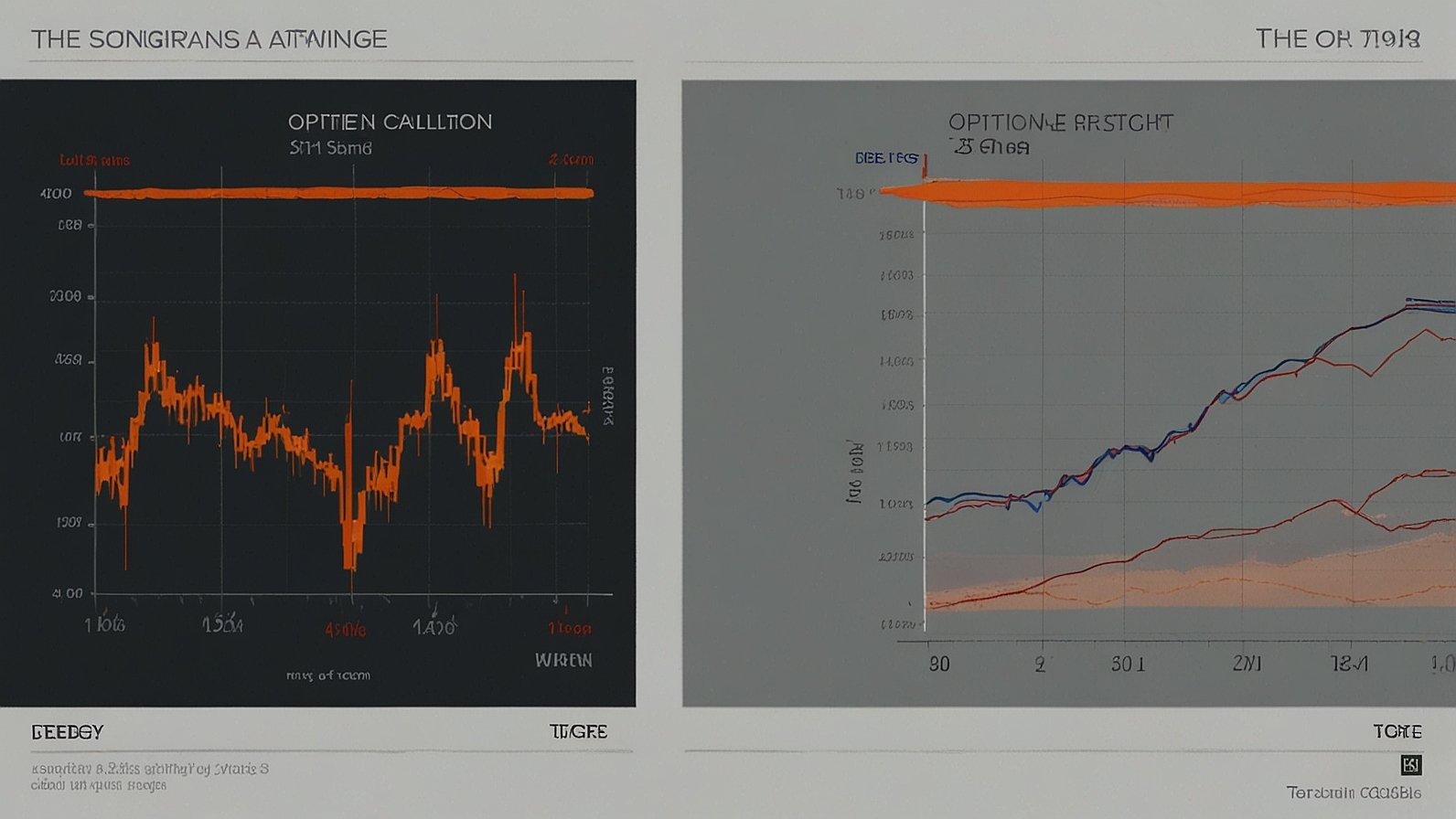Introduction
Learning how to greet someone in a different language can open doors to new cultures and friendships. For those who love traveling, learning languages, or exploring diverse cultures, understanding basic greetings is essential. Today, we’re focusing on the phrase “translate hello in Hindi,” which introduces us to the world of Hindi greetings. This blog will cover the cultural significance, usage, and variations of the Hindi word for hello, “नमस्ते” (Namaste).
Understanding Hindi Greetings
Hindi is one of the most widely spoken languages in the world and holds a rich cultural heritage. It serves as a bridge for many people across India and beyond. To “translate hello in Hindi,” we use the word “नमस्ते” (Namaste). This greeting carries a profound meaning and reflects respect and warmth in interactions.
The Significance of Hindi
Hindi has roots in ancient languages like Sanskrit and is an official language of India. Learning it can enhance one’s understanding of Indian culture, history, and society. By mastering basic greetings, you begin your language-learning adventure by engaging with people more personally and respectfully.
Saying Hello in Hindi
The simple act of greeting someone with “नमस्ते” can create a connection. “Namaste” isn’t just a word; it’s a gesture that signifies acknowledgment and respect. In India, it’s common to place your palms together in front of your chest and bow slightly while saying it, adding an element of warmth and sincerity to the greeting.
The Cultural Context of “Namaste”
The word “Namaste” is not only a greeting but a cultural expression used widely across India. Its origins are deeply rooted in spirituality and tradition.
Origins of “Namaste”
“Namaste” comes from the Sanskrit word “namas,” which means “bow” or “obeisance,” combined with “te,” meaning “to you.” This translates to “I bow to you,” showing deep respect and acknowledgment of the other person’s presence or spirit. Historically, this form of greeting has been used in both religious and social contexts.
Usage in Various Settings
In India, “Namaste” is used in both formal and informal settings. It’s a common greeting among friends and strangers alike. In formal occasions like weddings or ceremonies, “Namaste” is often accompanied by a slight bow to show additional respect. It’s also used in yoga communities worldwide as a way to foster peace and unity.
How to Use “Namaste” Correctly
Using “Namaste” properly involves understanding its pronunciation, accompanying gestures, and context.
Pronunciation and Body Language
To say “Namaste” correctly, pronounce it as “nuh-muh-stay.” Ensure your tone is warm and welcoming. Accompany the word with the gesture of joining your palms together, fingers pointing upwards, and placing your hands in front of your chest. This traditional gesture, known as the “Anjali Mudra,” enhances the greeting’s sincerity.
Common Variations
While “Namaste” is universally accepted, there are variations based on regional dialects and contexts. For instance, “Namaskar” is another popular greeting, often used in more formal situations. Both variations convey the same respect and warmth, but “Namaskar” is sometimes considered more respectful.
Learning More Hindi Greetings
Apart from “Namaste,” there are other greetings in Hindi that you might find useful as you explore the language further.
Additional Greetings
- “नमस्कार” (Namaskar): Similar to “Namaste,” often used in formal settings.
- “सलाम” (Salaam): Borrowed from Persian, commonly used among Hindi speakers, especially in Muslim communities.
- “प्रणाम” (Pranaam): A respectful greeting, often used towards elders.
Practical Use Scenarios
- Meeting Friends: “नमस्ते” or “हाय” (Hi) for informal settings.
- Entering a Business Meeting: “नमस्कार” conveys a formal and respectful tone.
- Engaging with Elders: “प्रणाम” shows deep respect and is culturally appreciated.
Importance of Greetings in Cultural Exchange
Learning greetings like “translate hello in Hindi” allows for better communication and fosters cultural appreciation.
Facilitating Communication
Using local greetings helps break down barriers and establishes trust. It shows that you respect and value the culture you’re engaging with, paving the way for meaningful exchanges.
Personal Experiences
Travelers and language enthusiasts often share stories of how a simple “नमस्ते” opened doors and hearts during their journeys. Whether it’s making friends in a new city or breaking the ice in a foreign business meeting, greetings serve as invaluable tools for connection.
YOU MAY ALSO LIKE
Unraveling the NFS Meaning in Text Wizz
Conclusion
Mastering the art of “translate hello in Hindi” goes beyond language learning—it’s about cultural appreciation and building bridges. “Namaste” and other Hindi greetings offer insights into India’s rich traditions and help you connect authentically with its people. We encourage you to explore more languages and cultures, as each greeting brings a world of discovery.
FAQs
- What does “Namaste” mean in Hindi?
- “Namaste” is a respectful greeting in Hindi, translating to “I bow to you.”
- How do you pronounce “Namaste”?
- It’s pronounced as “nuh-muh-stay,” with a warm and welcoming tone.
- Are there other Hindi greetings besides “Namaste”?
- Yes, there’s “Namaskar” for formal settings and “Pranaam” for elders, among others.
- Can “Namaste” be used in formal and informal settings?
- Yes, it’s versatile and used in both formal and informal contexts, with slight variations.
- How does learning greetings enhance cultural exchange?
- Greetings foster better communication, show respect, and build trust in cultural interactions.











